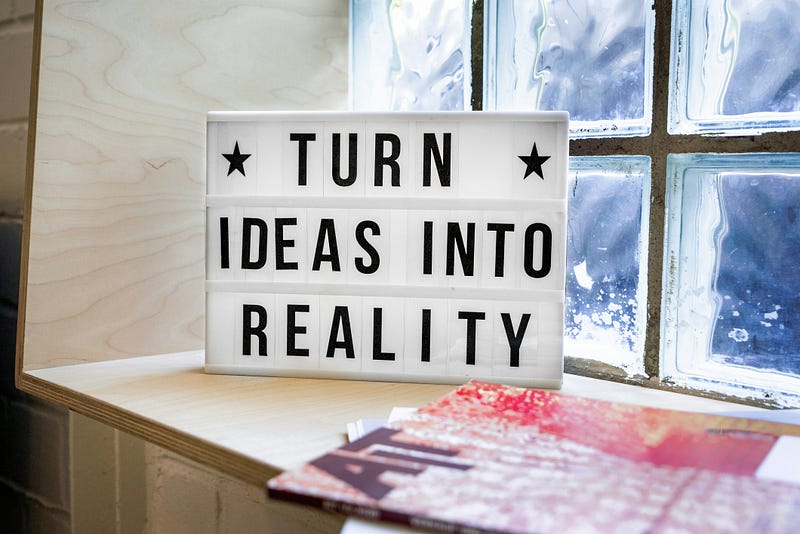“Ideas are cheap. Execution is everything.” — Chris Sacca
Every day, thousands of people come up with brilliant business ideas.
Some even say, “This idea will change the world!” But here’s the uncomfortable truth…
👉 An idea alone will not build a startup.
👉 An idea alone will not get you customers.
👉 An idea alone will not make you successful.
In fact, the startup graveyard is filled with incredible ideas that never saw the light of day — not because they were bad, but because they weren’t executed properly.
So, what does it actually take to turn a great idea into a great business?
Let’s walk through the real startup journey — step by step.
Step 1: It Starts With an Idea — But That’s Just the Beginning
There’s no denying it: a great idea is the foundation of every successful startup.
But let me ask you this…
Is a great idea enough to build a successful business?
Absolutely not.
Think of your idea like a seed.
It might have the potential to grow into a big tree, but without the right soil, water, care, and environment — it will never grow.
Step 2: Validate Before You Build
Before you spend months developing a product, ask yourself:
- Does this idea actually solve a real problem?
- Who are my competitors? Is this space already crowded?
- If it’s unique, how will I create awareness for something people don’t even know they need?
Validation is key.
Talk to potential users.
Check if the problem really exists.
Study the market.
Research your competitors.
If there are none, great — you might be a pioneer. But remember, you’ll also need to educate the market before you sell to it.
Step 3: Build With a Strategy
Once you’ve validated the idea, it’s time to build — but don’t rush.
Start with a clear product roadmap.
- What does your Minimum Viable Product (MVP) look like?
- Which features are essential for launch?
- What resources and team do you need at each stage?
Remember, you don’t need a perfect product on day one.
You need a testable, usable version that solves the core problem.
Step 4: Develop Your MVP (Minimum Viable Product)
An MVP is your startup’s first real form — a basic version of your product that delivers value to early users.
Avoid over-engineering.
Don’t try to make it perfect.
Just build something that works — and delivers value.
Step 5: Launch and Market It
Now comes one of the hardest (and often underestimated) parts: getting attention.
You might have the best product in the world, but if no one knows about it — it won’t matter.
Start marketing early.
Tell your story.
Educate your audience.
Leverage social media, communities, and content to create awareness.
Step 6: Listen to Your Users
Now that your product is out in the world, listen closely.
This is your golden moment — users will tell you what they love, what they hate, and what’s missing.
Here’s the biggest mistake most founders make:
They build what they want, not what users need.
🎯 Real-World Analogy:
Imagine your child wants a chocolate, but you hand them an ice cream saying,
“It’s summer, ice cream is better!”
But the child doesn’t want ice cream — they want chocolate.
The same thing happens with startups. Founders assume they know best, and ignore the voice of their audience.
Step 7: Avoid the ‘Showcase Trap’
Another common mistake: building products just to impress investors, not to help users.
They spend huge amounts on ads, events, and PR — not to get real users, but just to look “fundable.”
They forget the real goal:
- Solve a problem
- Serve people
- Build a sustainable business
Don’t build for applause. Build for impact.
Final Thoughts 💬
A great idea is just the spark.
Execution, feedback, iteration, and perseverance — that’s what builds a great business.
There’s no shortcut.
No magic bullet.
Just the grit to keep going, listening, learning, and building.
🗣 What Do You Think?
Have you seen startups make these mistakes?
Or maybe you’ve experienced them yourself?
Let’s start a conversation.
Share your thoughts in the comments!
